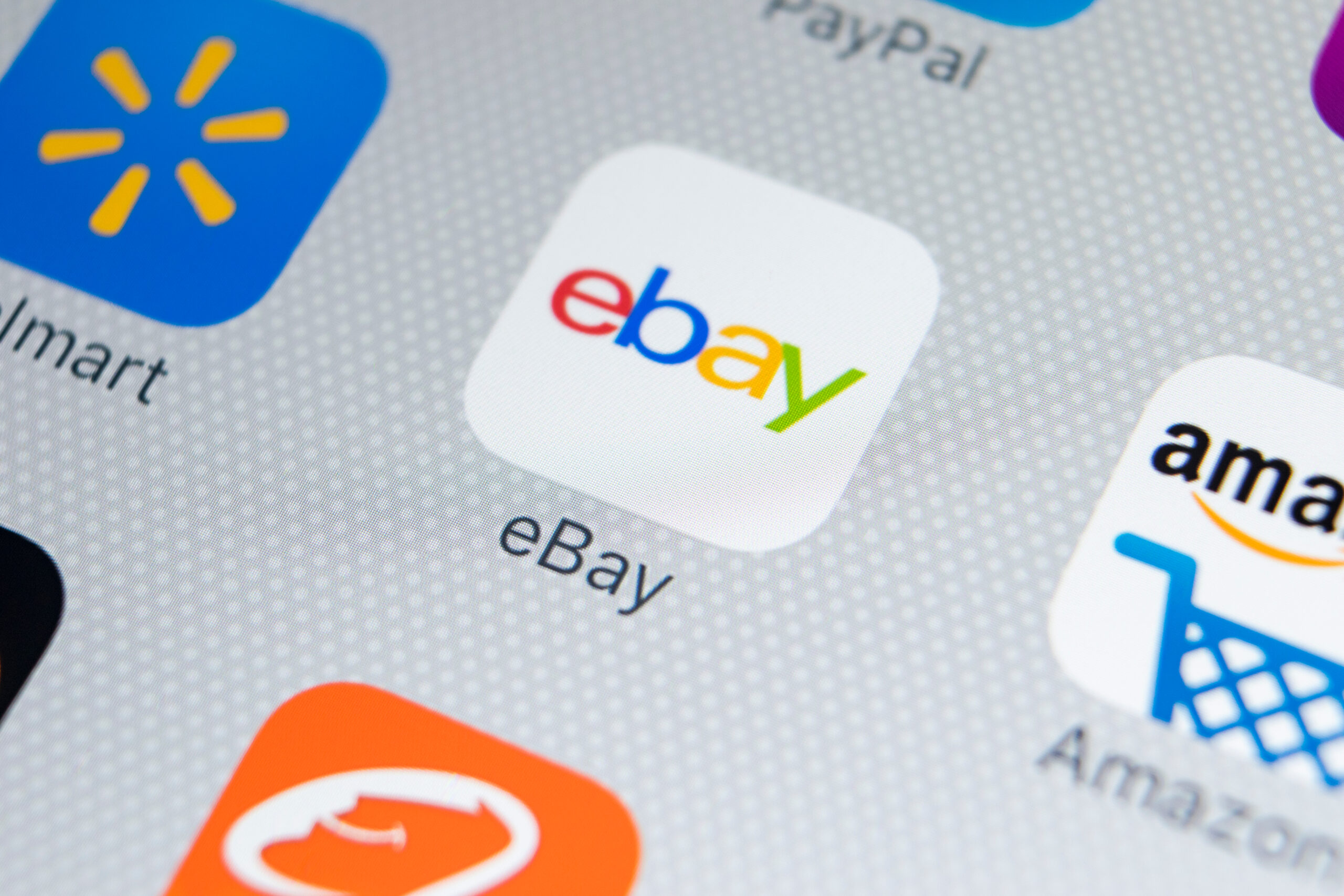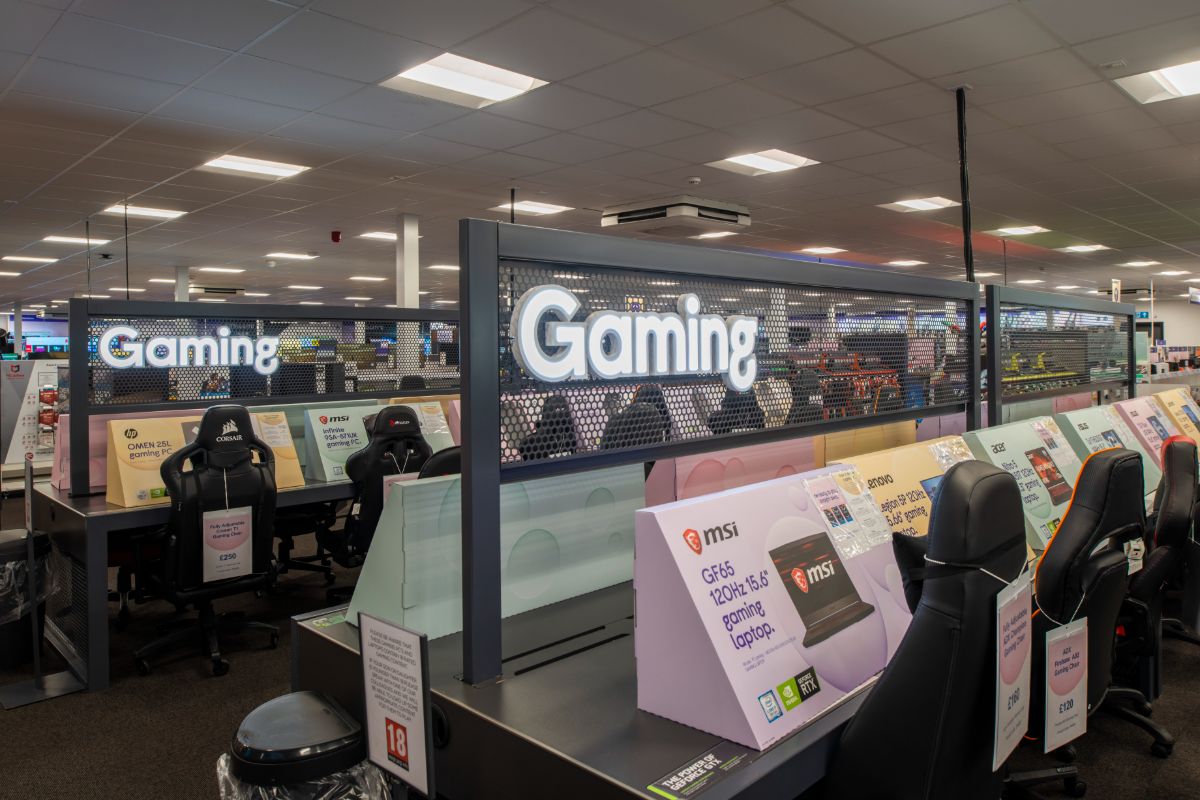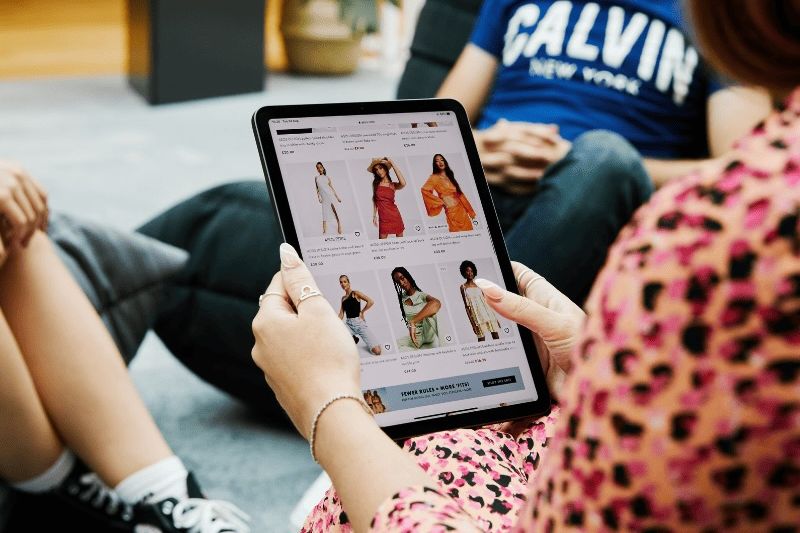Amazon has rolled out its much vaunted Fire smartphone, and aims to make shopping a one-touch mobile experience. It also has the potential to put the wind up all other retailers, just as they get to grips with integrating mobile into their offerings.
The key feature of the phone is its ‘shopping button’ which, at a click, claims to offer access to purchase anything that the phone can recognize through it Firefly recognition software. This covers scanning barcodes, listening to songs, and even recognizing novels on bookshelves, says Amazon. It then matches these against Amazon’s database of hundreds of millions of products.
The device also features a 3D display that aims to render images of the prospective purchase in three dimensions on the screen.
But will it set the market alight? Analysts and industry watchers are at odds as to what it actually delivers. Mark Curtis, Chief Client Officer at global service design consultancy, Fjord, part of Accenture Interactive, believes that: ““The implications of this new phone for retailers and search providers are huge. It introduces the latest opportunity for consumers to compare and buy while showrooming, and removes the requirement to scan a barcode (unless consumers want to). The launch of the Fire Phone sees Amazon position itself as the first all-in-one mobile, retail, and cloud service provider. This move sees Amazon upping the ante when it comes to competing with bricks and mortar retailers, making it easier to lure their customers away. At the very least traditional retailers will need to price competitively or develop value-added services that make shopping in-store more appealing than shopping at Amazon. The risk is that shopping at Amazon through Firefly means that everything becomes a shop.”
But Francisco Jeronimo, analysts at IDC, disagrees. “Amazon disrupted online shopping in the past, but it is now missing a huge opportunity to disrupt mobile shopping. The Firefly button, which allows users to take a picture of a product and search for it online, will not radically change the way we shop on the move. Today, users who prefer to shop with Amazon are already able to scan bar codes or search for products using the Amazon app on any device running on Android, iOS or Windows Phone. The Fire Phone had the potential to be an innovative mobile shopping product by deeply integrating several features from the Amazon website and launching many new exclusive ones. Improving the shopping experience would be an excellent strategy to charge a premium price for the phone and increase consumer spending on the Amazon website. But the Firefly button is a shy attempt to do that on the largest “shopping mall” in the world.
There are also issues with the price of the device. Priced at $649 without a contract, the phone targets the high-end of the market, but brings nothing disruptive or particularly innovative to end users to justify such pricing.
“This will be a tough sell when compared to devices from the likes of Samsung, Apple or Sony,” says Jeronimo. “Amazon is targeting the toughest segment of the market where the only players with a significant market share are Apple (with strong brand and design) and Samsung (with strong market budget). On the other hand, this segment is shrinking as the market moves towards much lower price points. The only way Amazon can succeed in the premium segment is by providing a disruptive shopping mobile experience, a disruptive price, or additional value to users. None of these were announced, which is disappointing.”
But it may all be part of a much more cunning plan by Amazon, thinks Cathy Boyle, senior analyst, mobile, at eMarketer. “An Amazon smartphone would be less about profiting from device sales per se and more a way to pocket a larger share of multiple revenue streams, such as mobile retail sales, mobile content and advertising,” she says.








